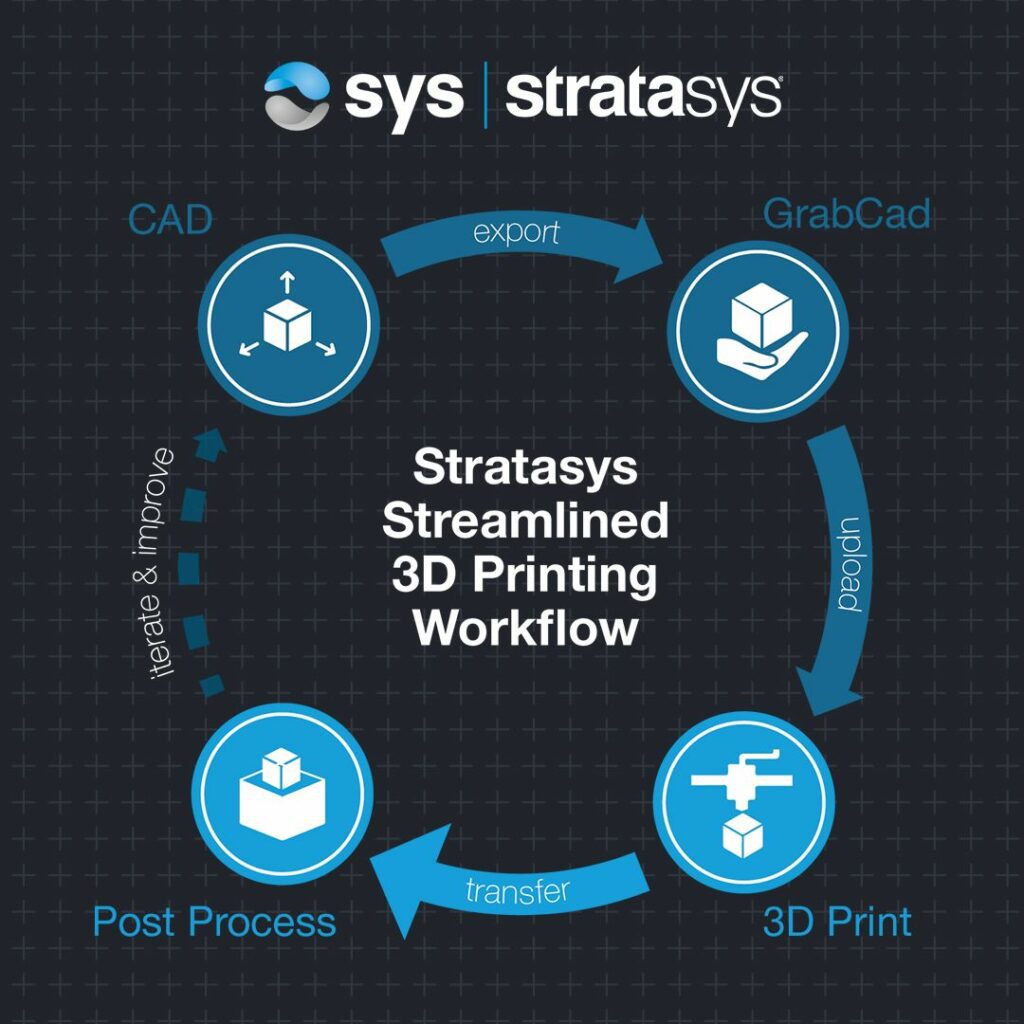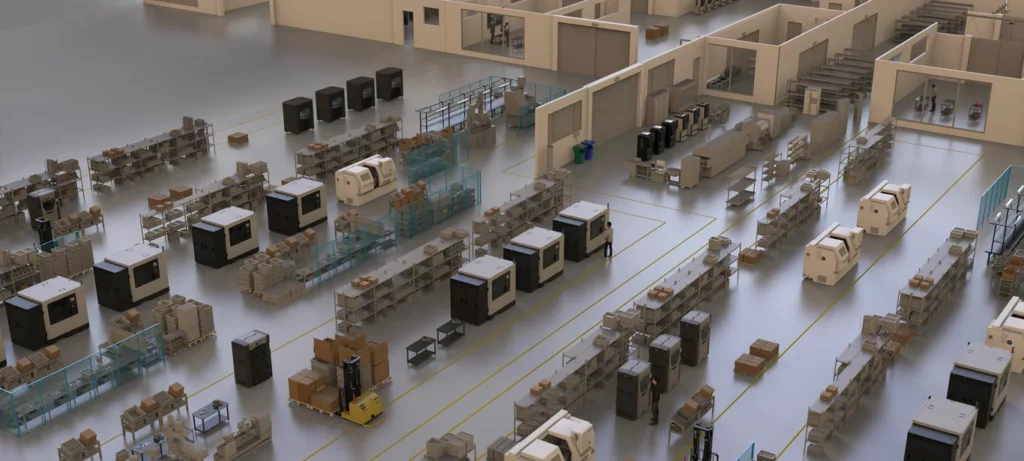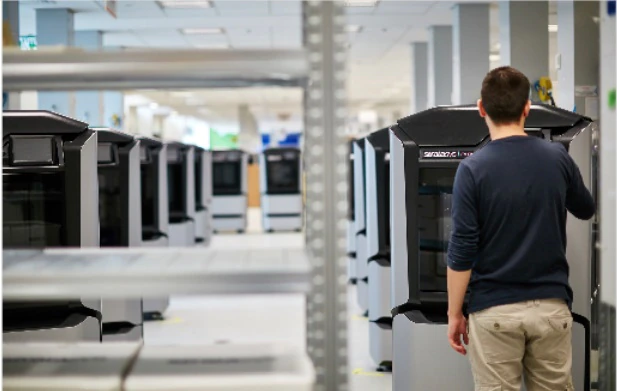Innovation is at the heart of what additive manufacturing (AM) can do for industry. It is more flexible, streamlined, cost-effective and environmentally-friendly than traditional manufacturing methods. As a result, it plays an important role in driving the fourth industrial revolution – Industry 4.0 – and unlocking its potential to transform the world around us.
AM is an umbrella term used to describe a family of technologies used for creating 3D parts from a digital file using computer-controlled 3D printers. It includes 3D printing processes such as Stratasys technologies; Fused Deposition Modelling (FDM), PolyJet, Programmable PhotoPolymerization (P3), Selective Absorption Fusion (SAF) and Stereolithography (SLA)
How can additive manufacturing prepare businesses for the future?
Today’s modern businesses are constantly looking for ways to boost efficiency and cut costs without compromising the quality of their products. One of the most exciting areas of innovation right now is in the field of additive manufacturing which offers a range of benefits over traditional manufacturing techniques. Here are just a few reasons why this technology is destined to become an even more important focus of all industries in the future:
- Reduced production costs
- Faster lead times
- Improved quality
- Better sustainability
- Increased productivity
1. Reduced production costs
Traditional manufacturing processes require significant time and financial investment. The process is often complicated and requires multiple different tools, materials and equipment. Additive manufacturing, on the other hand, requires less investment and produces high-quality results with very little waste.
2. Faster lead times
Unlike traditional manufacturing methods that require multiple steps and can take days or weeks to complete, 3D printing can produce a part in hours, even minutes. This allows manufacturers to create customised products quickly and efficiently, giving them an edge over competition. It allows for a faster time to market with product launches taking a fraction of the time it would take using traditional methods. This translates into a huge increase in productivity and profitability for businesses which translates to lower prices and better customer service for consumers.

3. Improved quality
Traditional manufacturing typically involves the use of tools and machinery that can cause irregularities in the shape and finish of the finished product. These irregularities are often the result of human error and are not acceptable to many manufacturers and industries operating under stringent regulatory control. By using additive manufacturing, however, it is possible to produce parts with enhanced precision and uniformity without compromising on quality or aesthetics.

4. Environmental impact
Additive manufacturing requires very few raw materials and can be recycled which makes it an environmentally friendly and sustainable method of production. Furthermore, it eliminates the need for toxic chemicals used in the traditional manufacturing process, making it a safer option for both consumers and workers. But the biggest advantage of 3D printing as a process is in the streamlining of the supply chain. With no back and forth and rubber stamping required between suppliers, manufacturers, whole-salers and more, businesses can recapture control of their supply chain.
5. Increased productivity and flexibility
The traditional manufacturing process is very rigid and often requires major changes to the manufacturing process to accommodate changes in design specifications or customer requirements. This can lead to costly delays as well as the loss of revenue due to downtime. By contrast, additive manufacturing is much more flexible and allows for a high degree of customisation to suit specific customer needs. Quickly adaptable to changing requirements, additive manufacturing can be easily scaled up or down as needed. This reduces the need for redundant equipment and reduces overall production costs.
Level up your manufacturing
Level up your additive manufacturing to transform your supply chain today. Businesses stand to benefit from many innovative applications of 3D printing technology in various industries, including consumer electronics, healthcare, automotive, aerospace and defence, construction and manufacturing. The potential applications are almost limitless and the opportunities to use 3D printing to transform businesses and create value for stakeholders are astounding.






